In all designs that I could find they used two LM317, one for CC and another for CV. Is there a reason why no one used a circuit like this with only one LM317?

simulate this circuit – Schematic created using CircuitLab
it's based on dave jones design, he used an LT3080.
Assuming we have a negative voltage for adjust pin and output voltage actually goes to 0V.